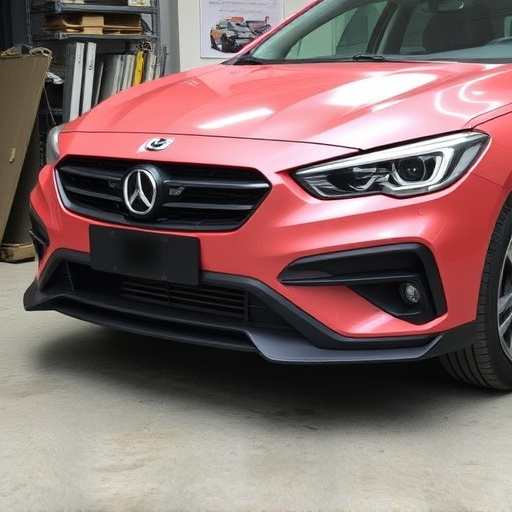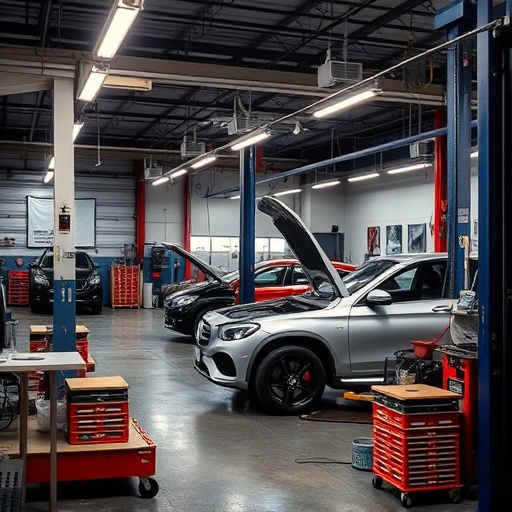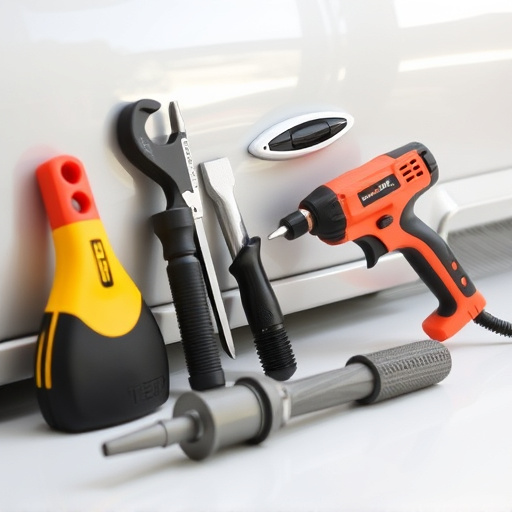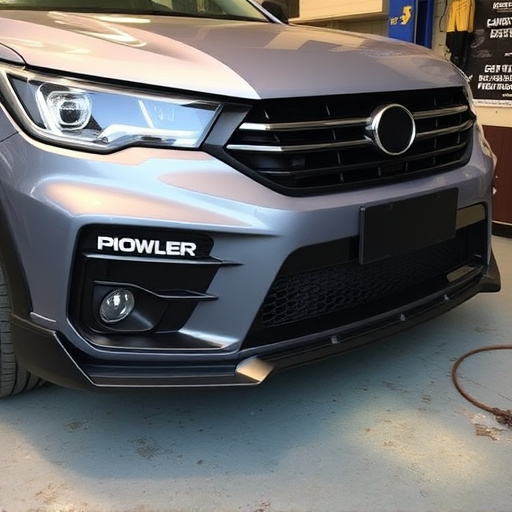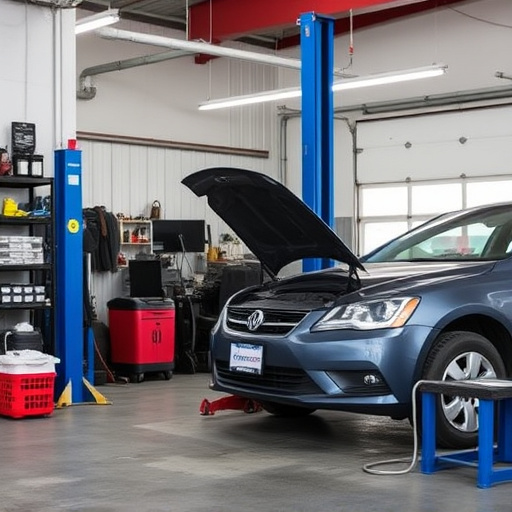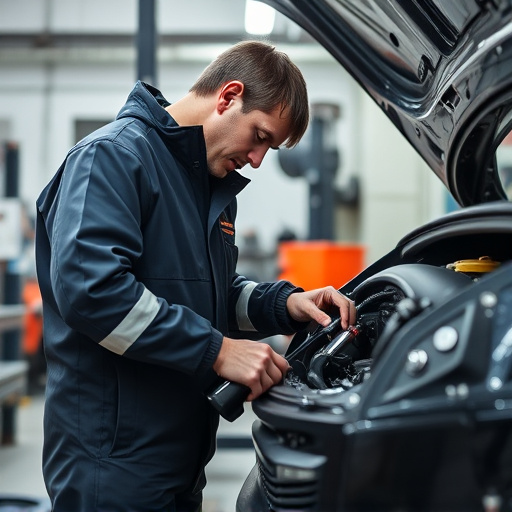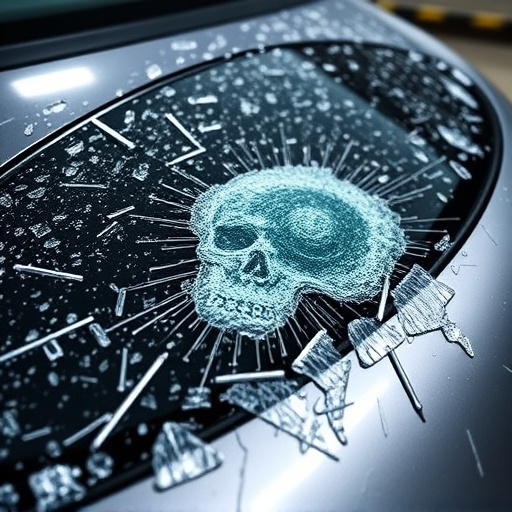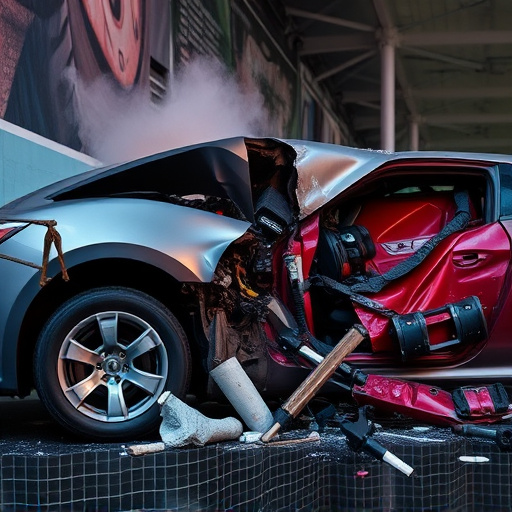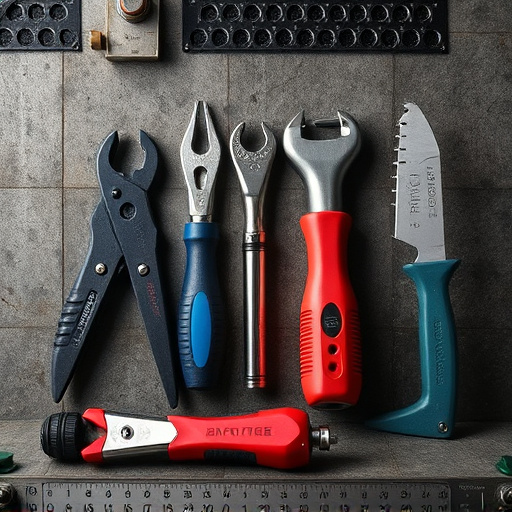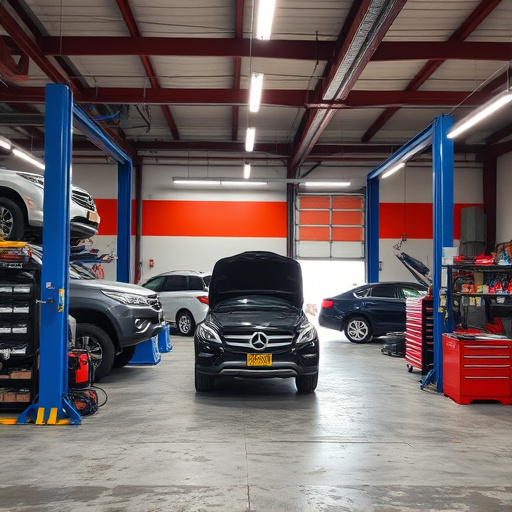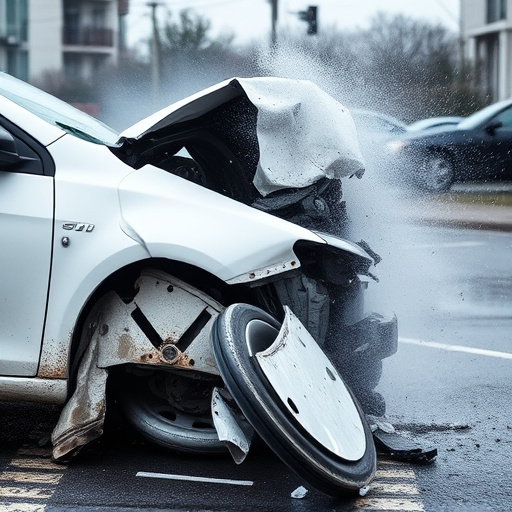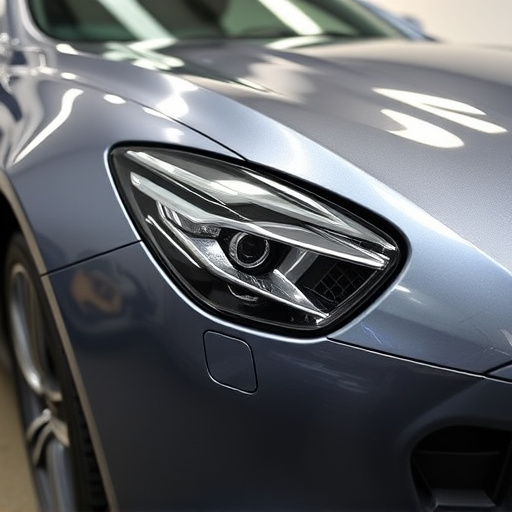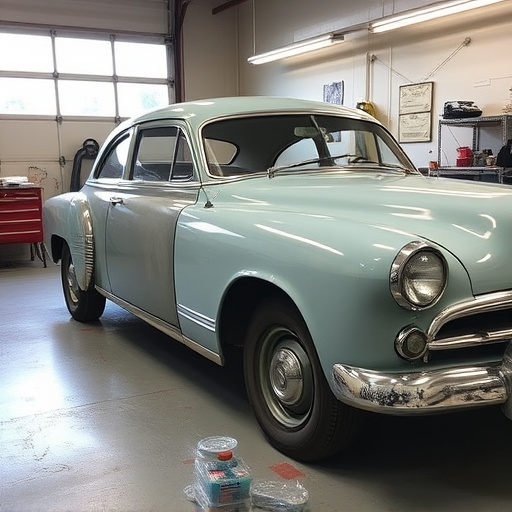Unibody frame repair techniques have evolved significantly due to technological advancements and stricter safety standards. Skilled technicians use specialized tools to restore structural integrity of a vehicle's chassis and bodyshell after damage, directly impacting its crash safety rating. By assessing collision damage, experts employ methods like paintless dent repair or more extensive adjustments to ensure both safety features and aesthetic appeal, enhancing the driving experience. Unibody frame repair is crucial for modern car designs, balancing safety, structural integrity, and repairability through innovative single-piece steel construction and expert repair practices.
Unibody frame repair has become a cornerstone of modern vehicle safety, significantly influencing crash safety ratings. This intricate process involves rebuilding the structural backbone of a car after a collision, ensuring both strength and integrity. Understanding unibody frame repair techniques is crucial as they play a pivotal role in how vehicles perform during impact tests. By examining these repairs, we can explore the delicate balance between maintaining safety standards and facilitating efficient vehicle restoration.
- Understanding Unibody Frame Repair Techniques
- Impact on Crash Testing and Safety Ratings
- Modern Cars: Balancing Repairability and Safety
Understanding Unibody Frame Repair Techniques
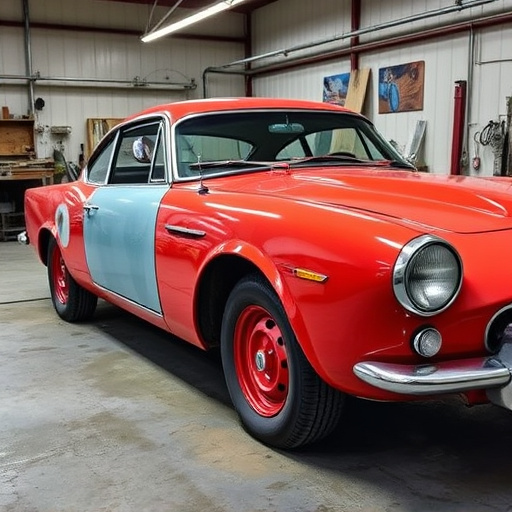
Unibody frame repair techniques have evolved significantly over the years, driven largely by advancements in automotive technology and a relentless pursuit of enhanced safety standards. At its core, unibody frame repair involves meticulous work on the vehicle’s structural framework, which includes the chassis and bodyshell components. This intricate process requires skilled technicians who employ specialized tools and equipment to accurately realign and replace damaged parts, ensuring the structural integrity of the vehicle remains intact.
The precision involved in unibody frame repair is paramount, as it directly impacts the overall crash safety rating of a vehicle. By carefully assessing collision damage, auto body repair experts can perform paintless dent repair techniques or more comprehensive structural adjustments, depending on the severity of the incident. These repair methods not only restore the vehicle’s aesthetic appeal but also play a crucial role in maintaining its safety features and performance capabilities, ultimately contributing to a safer driving experience for all.
Impact on Crash Testing and Safety Ratings
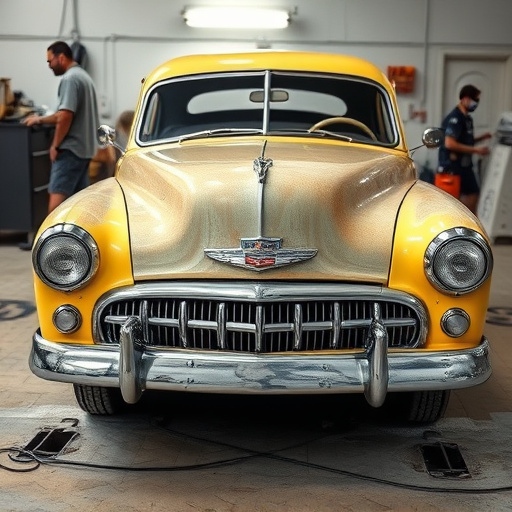
Unibody frame repair plays a significant role in enhancing crash safety ratings for vehicles. In modern automobiles, the unibody structure forms the backbone of the vehicle’s chassis, and any damage to this framework can compromise structural integrity during a collision. When a car undergoes a collision, the force of impact is distributed throughout the body, and an undamaged unibody effectively absorbs and disperses these forces, protecting occupants from severe injuries.
During crash testing, vehicles are subjected to rigorous simulations to evaluate their safety performance. A well-executed unibody frame repair ensures that the vehicle retains its structural integrity, allowing it to perform optimally in these tests. This process involves precise alignment and reinforcement of the frame, which can significantly influence the overall safety rating. As such, reputable automotive body shops offering expert auto repair services prioritize unibody frame repairs to ensure bumper repair and enhanced protection for drivers and passengers alike.
Modern Cars: Balancing Repairability and Safety
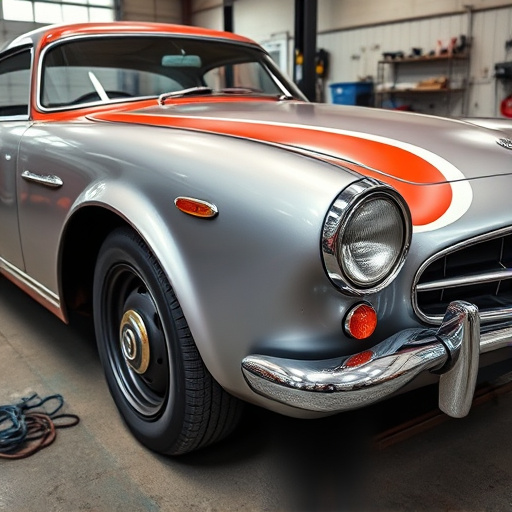
Modern cars are designed with a complex interplay of safety features and structural integrity, where unibody frame repair plays a pivotal role. This innovative construction, characterized by a single-piece steel structure, enhances both crash protection and vehicle stability. However, the challenge lies in balancing these factors with repairability, as damage to the unibody requires specialized techniques like paintless dent repair to ensure structural integrity without compromising safety standards.
Auto body repair professionals are adept at handling such intricacies, utilizing advanced tools and methods for unibody frame repair. This meticulous process guarantees that vehicles return to their pre-crash condition, maintaining not just aesthetic appeal but also crucial safety ratings. By combining robust design and expert repair practices, modern cars offer enhanced protection without sacrificing the accessibility of vehicle maintenance, making them safer and more reliable on the road.
Unbody frame repair techniques play a pivotal role in modern car safety, influencing crash testing and ultimately safety ratings. By understanding how these repairs impact vehicle structure integrity, manufacturers can balance repairability with safety standards. As cars continue to evolve, optimizing unibody frame repair processes is essential to ensuring both effective damage mitigation and enhanced passenger protection.
